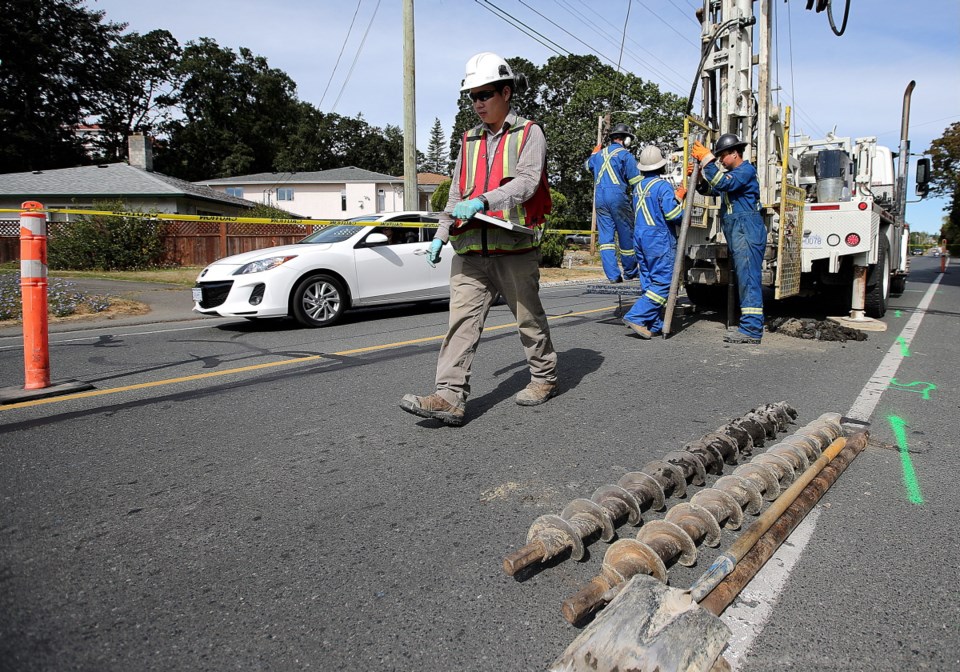Imagine buying an expensive new car, and then discovering that for the next 10 years, the streets are going to be so full of potholes that you can’t drive your new chariot faster than a crawl.
Capital region residents face something similar with the new $765-million sewage-treatment system. It turns out that once the plant is up and running in 2020, raw sewage will flow out the outfalls into the ocean “on a regular annual basis.”
The system will treat sewage volumes of up to two times the average dry weather flows (ADWF) and pump the treated effluent into the ocean.
However, our expensive new tertiary treatment plant is connected to the same old pipes. Some of them are leaky and some are cross-connected improperly. So when there is a big rain, which happens from time to time in Victoria, too much water gets into the sewage pipes.
Up to a point, the plant can give it primary treatment and mix it with fully treated water to bring it to secondary standards. But beyond three times ADWF, it will go untreated into the outfalls.
It will likely take until 2030 to fix the problems with the pipes so the plant doesn’t get overwhelmed.
Opponents of the project will say pumping screened sewage into the water has always been fine, so don’t worry.
But this is one more wrinkle in a project that already has more wrinkles than a prune.



